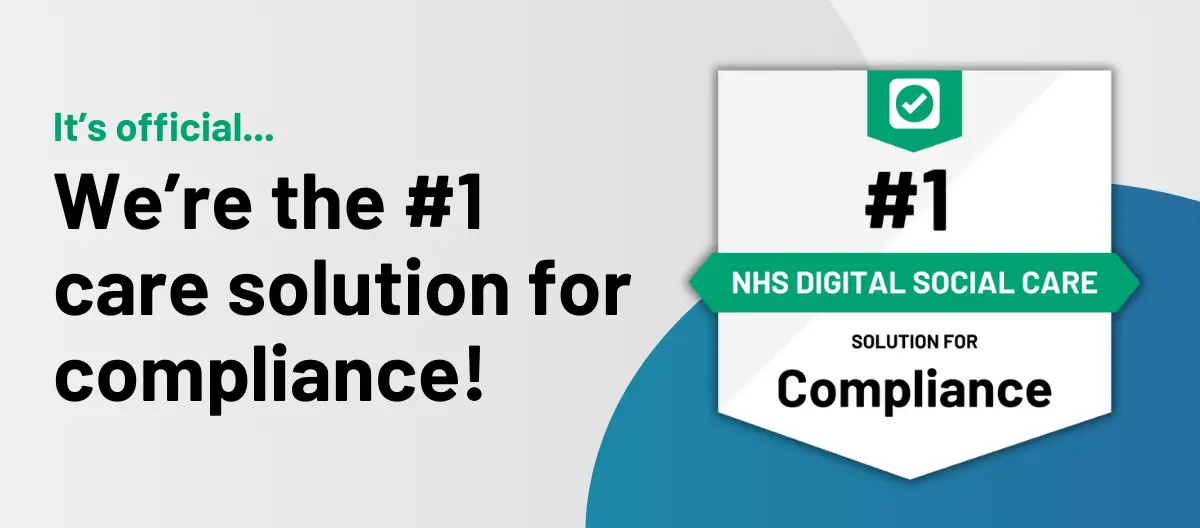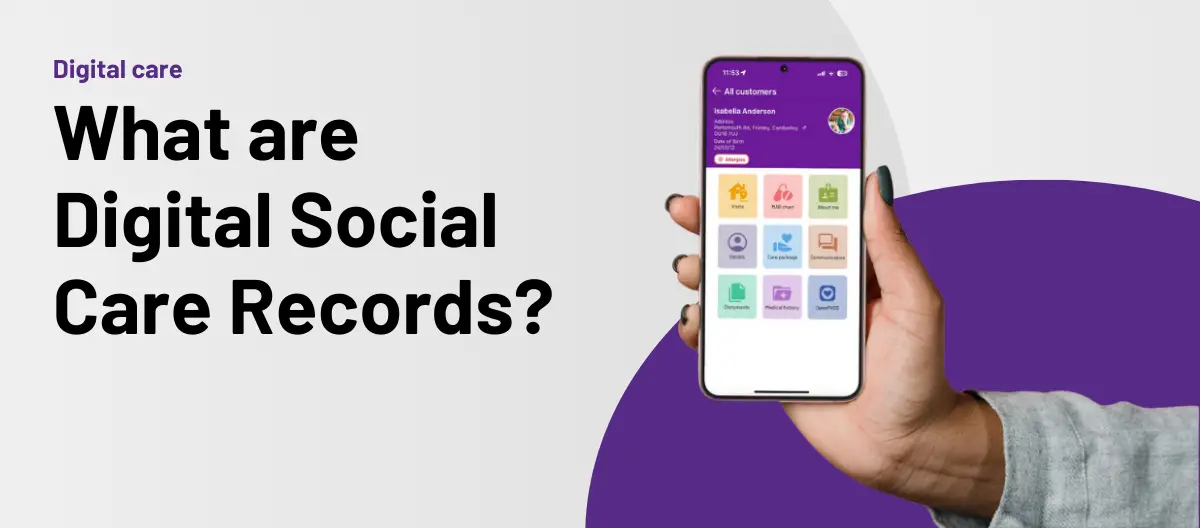I’ve worked at a number of different companies in my career and something that has always interested me is employee engagement. Since joining everyLIFE I have heard about the challenges that the social care sector faces in recruitment and retention and I can’t help but wonder about employee engagement in the care sector and whether it could help to ease some of the challenges faced.
In my experience, employee engagement benefits a business financially by reducing employee turnover. Business efficiency also improves as engaged employees have been proven to be more productive which, in the care sector, means a care worker who would be in a position to provide a better and safer service to service users. Sounds ideal, right? Maybe too ideal – but those who have already taken the leap will most probably agree that there has been a positive change.
According to Gallup, the analytics and advisory company, (link to stats), only 15% of the workforce worldwide are engaged. They claim that implementing an engagement programme in your company could increase employee engagement by at least a third and it has even been known to double with their best practice clients.
Employee engagement experts, Perkbox (link to stats), also state that more than half of the UK workforce is disengaged, and that this same disengagement is costing the UK economy a whopping £340bn a year due to absenteeism, employee turnover and retraining. They also use a statistic from the Glassdoor Employment Confidence Survey (link) which states that 80% of employees would choose engaging benefits over a pay rise. But these companies would say that, seeing as employee engagement is their bread and butter!
Regardless of the figures, the more you think about it, the more it makes sense. Employee engagement is all about creating the right conditions for your employees to give their best each day by showing commitment to company goals and values, being motivated to contribute to company success, all while having their needs met in terms of wellbeing and personal development. Employees will naturally complain if they feel like they are not being listened to.
By giving your team a voice, you can find out what truly matters to them and what would make them feel better equipped to take on the challenges they face in their role. It allows you to be proactive and eliminate any obstacles to achieving your collective goals as a company and make your employees feel valued and heard.
It all starts with a conversation and as a leader you would be in a position to start that conversation. Knowing what motivates and inspires your employees could empower you to fully use their skills effectively while also building trust and loyalty. This approach creates a common purpose and a culture in which everyone feels valued and trusted to provide the best results.
The good news is that it’s also infectious. For those of you who have already tried and tested the method, you’ll know the joy of working alongside co-workers who are every bit as inspired as you to achieve the same results. It makes you feel more confident and driven when you are surrounded by engaged colleagues who are passionate about what they do and are happy to do it.
My favourite example of successful employee engagement happened at a time when the phrase probably wasn’t even a concept but was still apparent. As a trained pilot I have always been inspired by American aviation pioneers, the Wright brothers, and their passion to strive for the impossible. They are credited with inventing, building, and flying the world’s first successful airplane.
Their ability to inspire those around them by engaging with them was a fundamental part of their success. They couldn’t have achieved what they did alone, and it takes a support network every bit as dedicated and passionate as they were to succeed.
We already see this dedication and resilience in the care workforce but getting employees to care is only half the battle; getting them to stay in their roles and continuously give their best is the other half of it. By engaging them and making them feel like they’re part of a positive and supportive culture, you could dramatically improve your business performance. Employee engagement has been proved to increase ROI, increase productivity, boost customer satisfaction and, more importantly, keep your employees happy and motivated which means higher employee retention. These employees would also be more likely to recommend your company and their role to others, which would increase opportunities to recruit new members of staff. It’s a total win win situation!
There are two ways to look at employee engagement; from a numbers perspective and from a human perspective. Either way, if you invest in the wellbeing and development of your employees, you will save money in recruitment fees and ensure customer satisfaction by always having enough staff to provide the best quality of care possible. The better the service, the more likely a customer is to recommend you or leave a positive review for others to see, which means increased revenue.
A human touch can also go a long way in a world where technology has become an integral part of our everyday working lives. If your employees feel like you care about them and that their voice is heard, they are much more likely to stay with you longer and share the same passion and values. If you haven’t already, why not give employee engagement a go?
By Jeff Tyrer, Customer Success Manager




